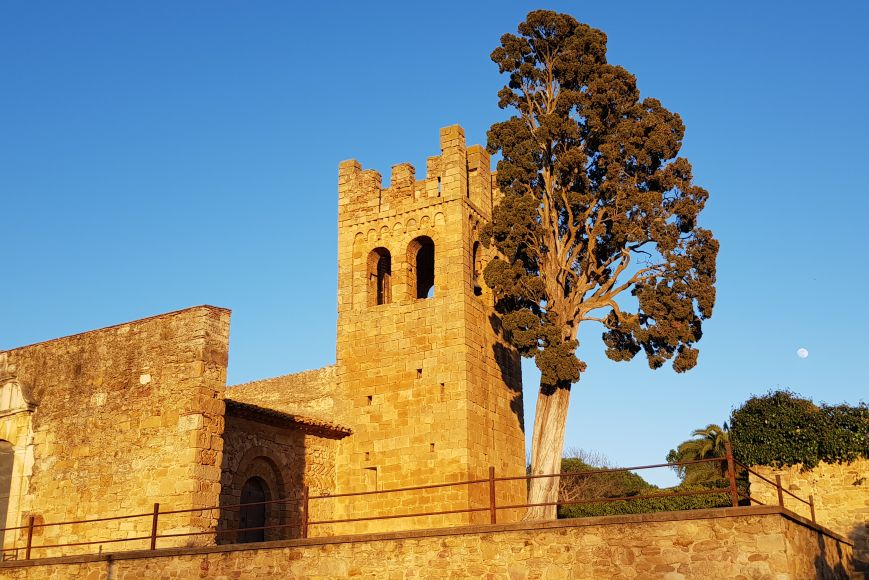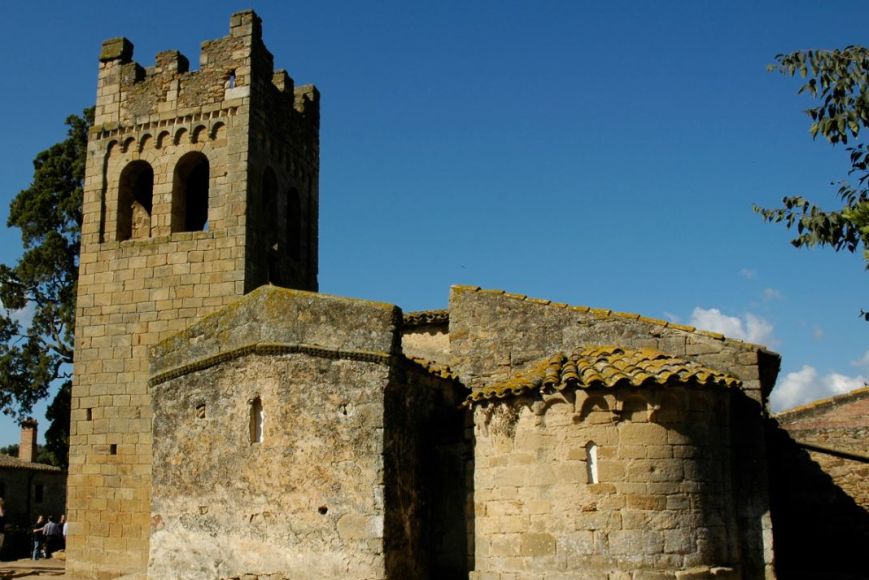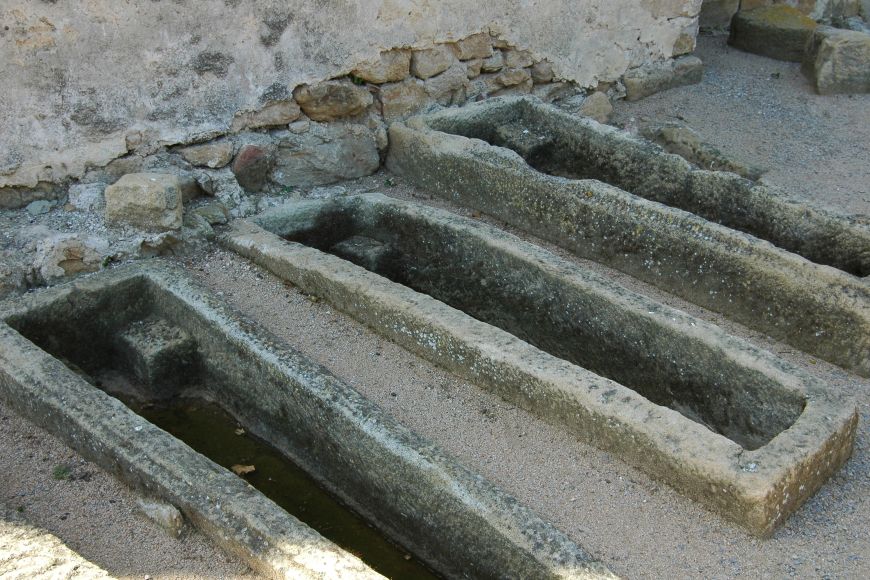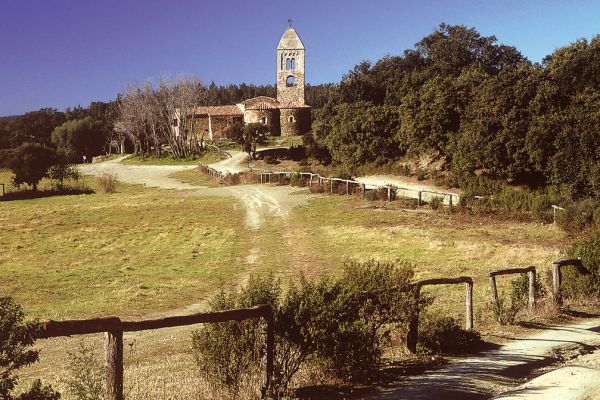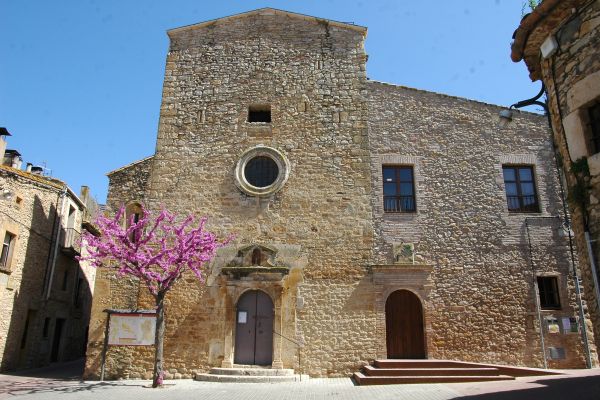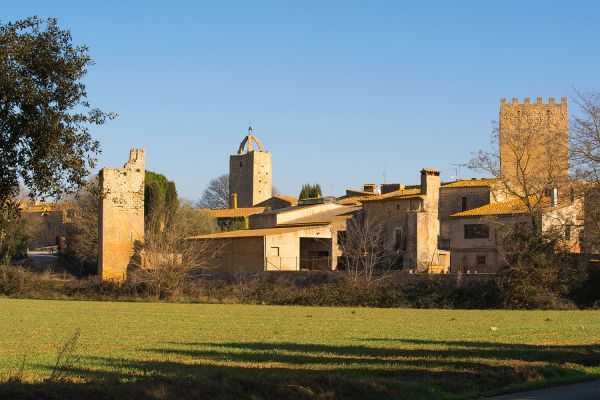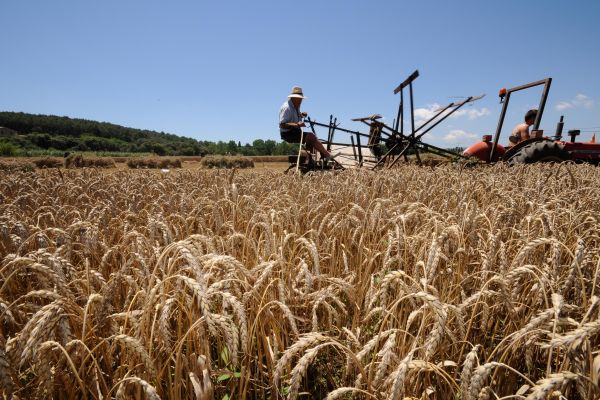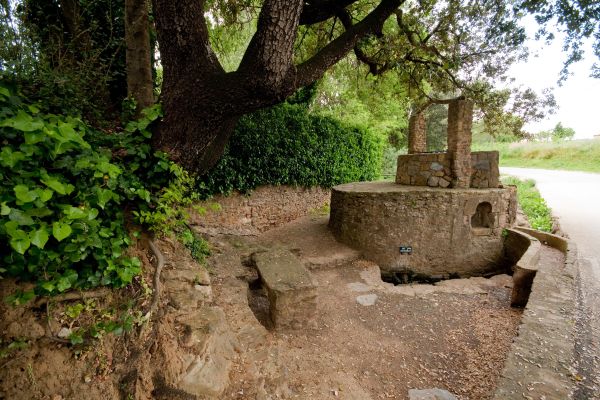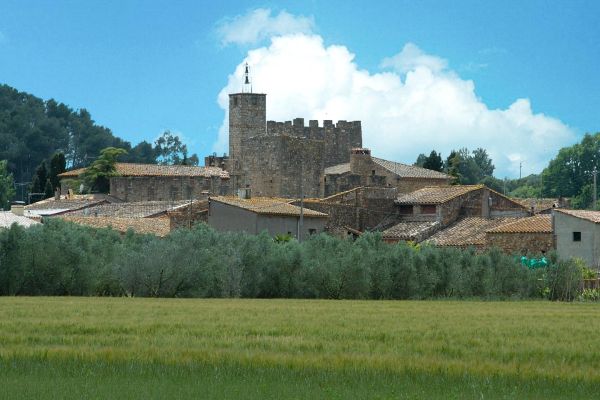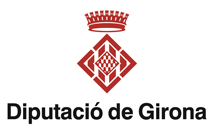Canapost, is a small village located at the foot of some low rolling hills, in the south-eastern nature reserves of the Gavarres. This village is made up of a small group of farmhouses built beside the parish church of Sant Esteve, one of the most significant archaeological monuments in the region.
Some other farmhouses scattered around also belong to this parish. In the village there is a beautiful road that leaves Vulpellac and leads to Peratallada and Ullastret. Canapost is separated from the village of Peratallada by the hill called ‘Puig d'en Torró’.
The most popular element of the town is undoubtedly the parochial church of Sant Esteve, which seems to have been previously dedicated to Saint Clet, the third pope.
.jpg)
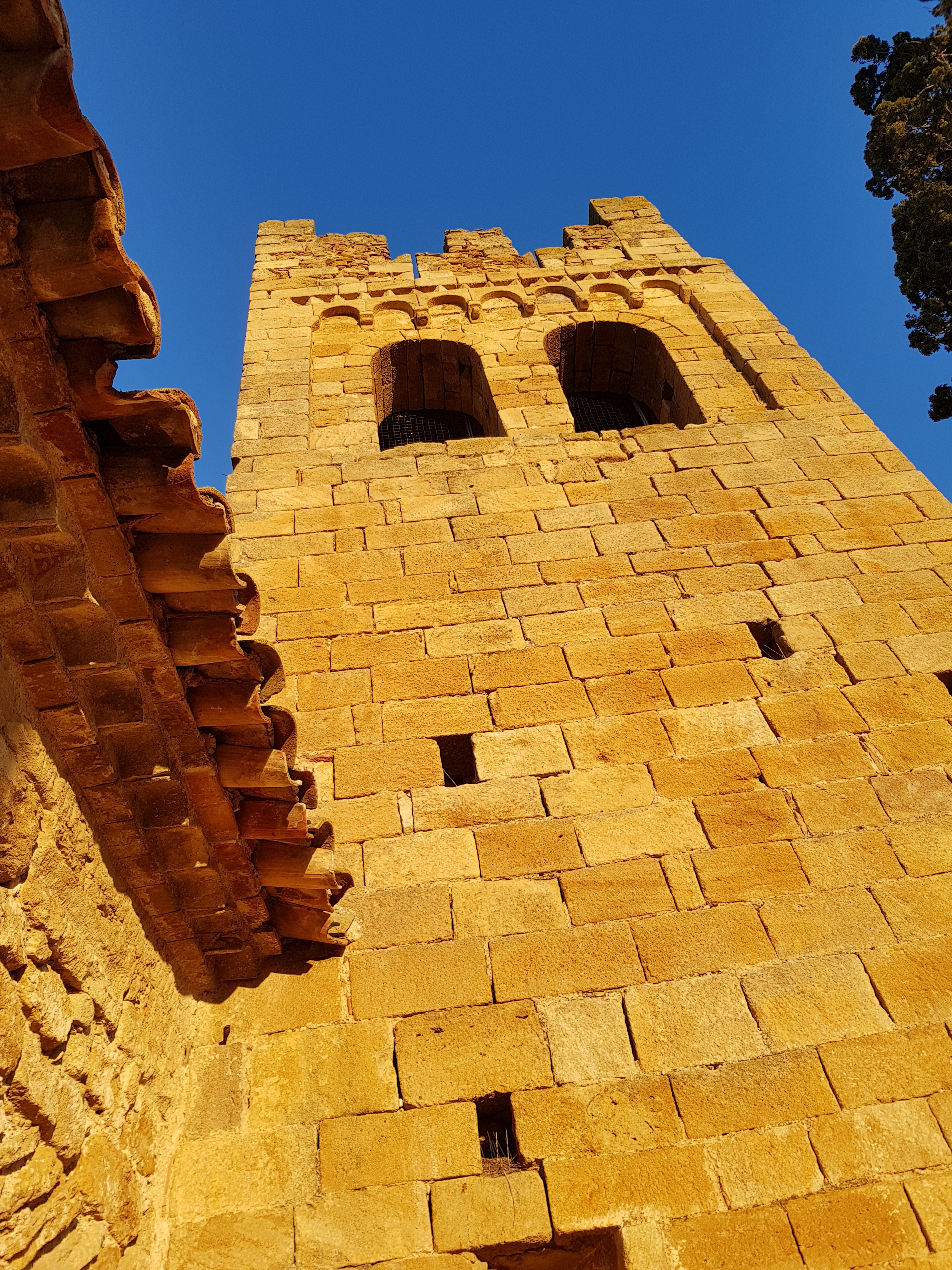
The present monument has different structures that belong to successive constructive stages. The church is made up of two juxtaposed buildings, one is pre-Romanesque and the other is Romanesque, with a bell tower, which is also Romanesque. The primitive temple nave has been preserved with few alterations, and has been classified in the pre-Romanesque period II. This magnificent building justifies a visit to Canapost.
The Canapost site is mentioned in a document from the year 901 under the name of Caneposto. In the founding of canonical life in Girona Cathedral, from the year 1019, it refers to a lodge in the parish of Canapost. The etymology of the place name has not yet been clarified. It has been said, however, that cana may refer to a milestone or stone on the path, on the assumption that it would coincide with the location of the place beside an old path.
In Canapost you can check the continuity of settlement, thanks to the various archaeological remains found, at least from the Roman period to the present day. Some remains of great interest have been preserved, such as the late medieval altarpiece or cist of the Mas Puig-sec - an asymmetric anthropomorphic hawk excavated on the rock that was pointed outwardly with vertical slabs - or the quarries known as the Clots of Sant Julià, which were probably operational at a time prior to Romanisation and during the Middle Ages, when it seems that a rock sanctuary was built. To the west of the quarries, near the Mas Ral, there is another archaeological pavement with Iberian ceramics. The traces of a section of what was once the old Camí d'Empúries, one of the main Roman roads that connected this villa with Girona, have also been preserved. On the other hand, in front of the church of Sant Esteve and the nearby farmhouses, remains of Roman settlements have been found. All of this is the object of great interest and architectural and archaeological appeal.
Another significant place can be found at Puig dels Socors.
.jpg)
On the north-eastern slope, remains have been found of pre-Roman settlements, just where the ruins of the chapel of Mare de Déu dels Socors are now found. This is a place that is highly recommended for visitors, especially for the view. Josep Pla described the place: «Els Socors is an excellent vantage point to contemplate this area of Romanesque land, a vivid medieval feeling and quality outstanding landscapes. From the hill we can see the walls and towers of Peratallada, Palau-sator, Boada, Pals, Castell d'Empordà, Llavià, among the lands of a divine grace.» The remains of the Mare de Déu dels Socors evoke the beauty and majesty of one of the most unknown temples of our architectural heritage. This singular chapel, dating from the 17th century, is located on the west side of Canapost, on the hill that gives it its name. It was all backed with a defence tower attached to the rear, and lost the roof and part of the stones that formed the openings, most likely as a result of a plundering. Despite its charm and value, it is a rather unknown element, which is not found in any of the tourist guides in the area. A visit is highly recommended, especially because of its privileged location, from which there are magnificent views. Josep Pla considered it one of the most privileged viewpoints of the Empordà.

